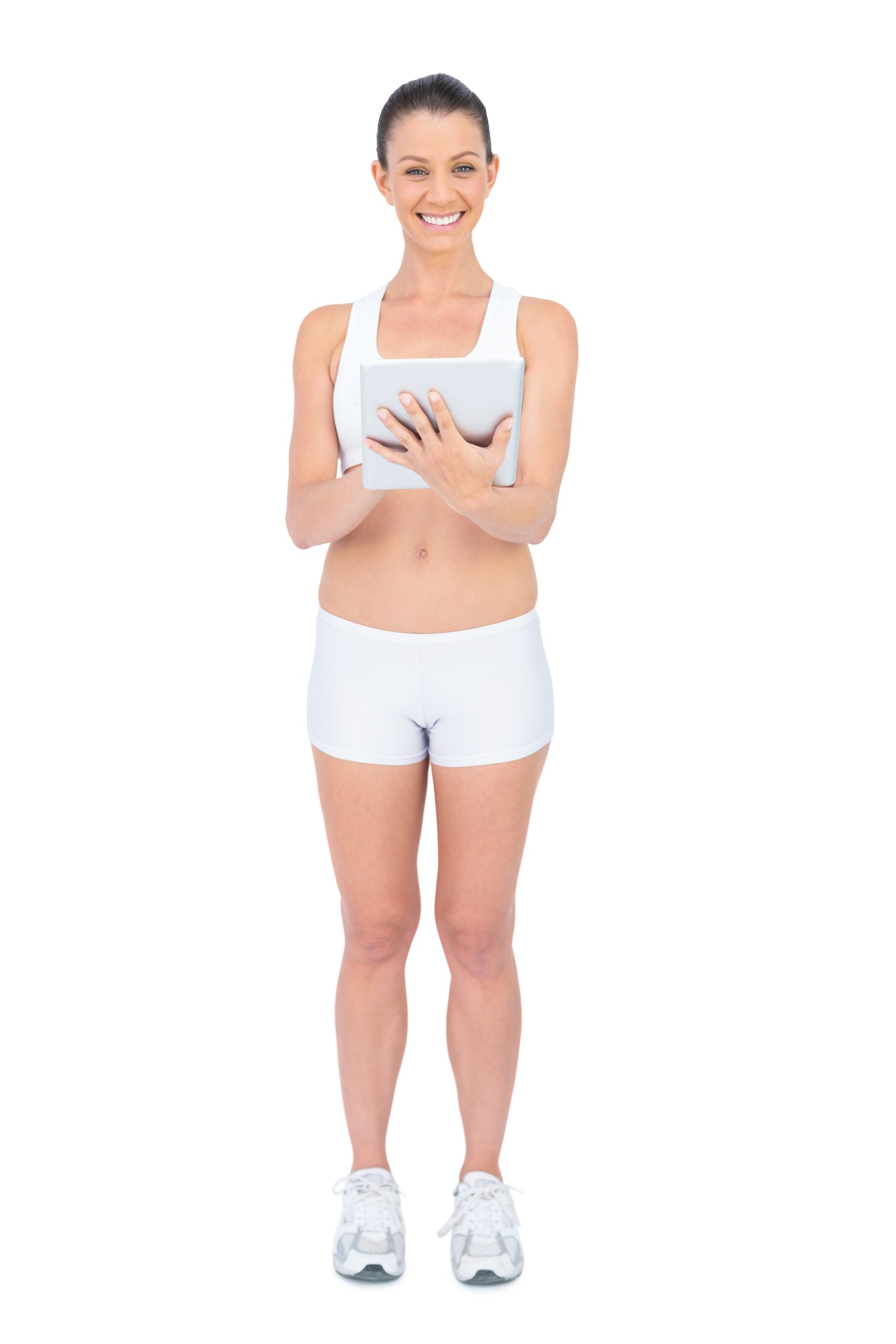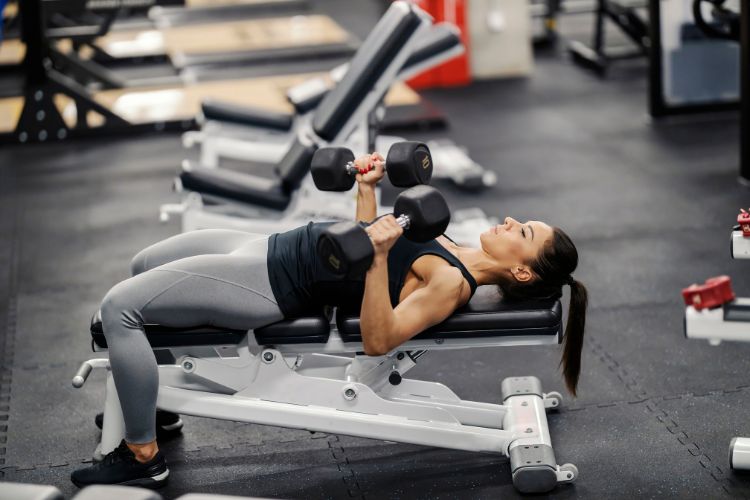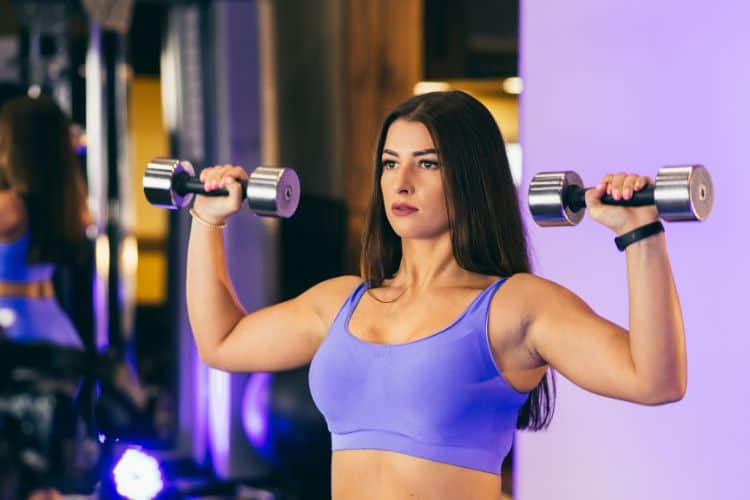Sign up for workout ideas, training advice, reviews of the latest gear and more.





Leg workouts are essential for anyone looking to build a balanced and powerful physique. The leg press is a staple machine in most gyms, offering an effective way to target your lower body. This workout is a great option for both beginners and advanced lifters, providing a controlled environment to develop strength and muscle. This guide dives into everything you need to know about leg press workouts, from benefits and techniques to variations and tips for getting the most out of your leg day.
The leg press is a powerful exercise for building lower body strength. It targets major muscle groups, including the quadriceps, hamstrings, and glutes. By allowing you to load the muscles with significant weight, the leg press helps stimulate muscle growth and strength, particularly in the quadriceps. This strength-building benefit is especially useful for athletes who rely on powerful legs for performance, such as runners and sprinters.
Compared to other leg exercises like squats or lunges, the leg press offers a reduced risk of injury. The machine provides a stabilized environment that supports your back and minimizes the risk of form breakdown. This makes it a great option for individuals recovering from injuries or those who may struggle with balance during traditional barbell exercises.
One of the major advantages of the leg press is its ability to isolate muscles effectively. Because your back is supported and there’s minimal need for core stabilization, the leg press allows you to concentrate solely on the lower body. This can be particularly helpful for those who want to build specific muscles, such as the quadriceps or glutes, without engaging other muscle groups.
The quadriceps are the primary muscle group targeted by the leg press. Located at the front of the thigh, these muscles are responsible for knee extension. The leg press places a significant load on the quadriceps, promoting both size and strength gains.
The hamstrings are located at the back of the thigh and are responsible for knee flexion. Although the leg press primarily targets the quadriceps, adjusting your foot placement can increase hamstring activation. Engaging the hamstrings provides balance to your leg development and can help prevent injuries.
The gluteal muscles, or glutes, are essential for hip extension and overall lower body power. By adjusting your foot placement higher on the leg press platform, you can engage the glutes more effectively. This added focus on the glutes helps with overall strength and power, which is especially beneficial for sports and functional movements.
Before jumping into your leg press workout, it’s essential to set up the machine properly:
To execute the leg press safely and effectively, follow these steps:
Locking your knees at the top of the leg press movement can put a lot of pressure on the knee joints, increasing the risk of injury. Always keep a slight bend in your knees to maintain control and protect your joints.
The leg press allows for significant weight, but using too much too soon can compromise form. Start with a weight that allows you to complete each rep with proper technique. Gradually increase the weight as you become more comfortable with the movement.
Your foot placement on the leg press platform plays a critical role in which muscles are activated. Placing your feet too high can over-emphasize the glutes, while too low a placement can strain the knees. Aim for a neutral position to engage all the major lower body muscles effectively.
Placing your feet higher on the platform increases the involvement of the glutes and hamstrings. This variation is beneficial for those who want to target the posterior chain more intensively.
A low foot placement shifts the emphasis onto the quadriceps. This position is ideal for individuals looking to build stronger and more defined quads.
The single-leg press is a great way to address muscle imbalances. By pressing with one leg at a time, you can ensure that both legs are working equally hard, reducing the likelihood of developing imbalances that could lead to injury.
For those looking to build strength with the leg press, aim for 3-5 sets of 4-6 reps with heavier weight. This lower rep range with high resistance helps increase muscle strength.
If your goal is muscle growth, perform 3-4 sets of 8-12 reps. This moderate rep range with controlled tempo allows you to maintain good form while achieving muscle fatigue.
For muscular endurance, opt for 2-3 sets of 15-20 reps with a lighter weight. This helps build stamina in your lower body, which is especially useful for endurance athletes or anyone aiming for a toned appearance.
Squats are a compound movement that work similar muscle groups as the leg press. They engage more stabilizing muscles and can be performed with bodyweight, dumbbells, or a barbell.
Lunges are a great way to work the lower body with an emphasis on balance and coordination. This exercise targets the quads, hamstrings, and glutes, similar to the leg press, and can be done with or without weights.
The hack squat machine provides a similar movement pattern to the leg press but in an upright position. This variation helps emphasize the quads while also allowing for controlled, heavy loads.
A thorough warm-up is essential before any leg workout. Start with dynamic stretches and a few minutes of light cardio to increase blood flow to the legs. Follow this with a few warm-up sets on the leg press with lighter weight to prepare your muscles for the heavier sets.
A slower tempo can increase time under tension, which is key for muscle growth. Control the movement by lowering the platform slowly and then pressing up with a steady, controlled motion. Avoid using momentum to complete your reps, as this reduces the effectiveness of the exercise.
Keep a record of your leg press workouts to track your progress over time. Record the weight, reps, and sets, and gradually increase the weight as you get stronger. Tracking your progress helps ensure continuous improvement and motivates you to push further.
Yes, the leg press is generally considered a safe exercise when performed with proper form and appropriate weight. However, always avoid locking your knees, using excessive weight, or rushing through reps, as these can increase the risk of injury.
The frequency of leg press workouts depends on your goals and overall training program. For most people, including the leg press in their workout 1-2 times per week is sufficient. Ensure adequate rest between sessions to allow your muscles to recover.
While the leg press is a great lower body exercise, it shouldn’t be a complete replacement for squats. Squats engage more stabilizing muscles, including the core, and provide functional benefits that the leg press cannot replicate. However, the leg press can complement squats by allowing you to isolate specific leg muscles.
The leg press is an incredibly effective exercise for building lower body strength, muscle, and endurance. By understanding the various foot placements, reps, and form cues, you can make the most out of this exercise and tailor it to your specific goals. Remember to focus on form, gradually increase weight, and keep track of your progress. Whether you’re a beginner or a seasoned lifter, incorporating the leg press into your leg day routine can help you build powerful and sculpted legs.
Stay up to date on the latest women’s health, fitness and lifestyle trends and tips.